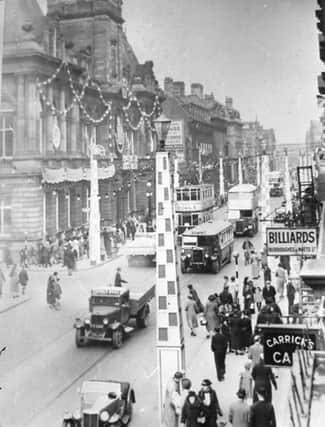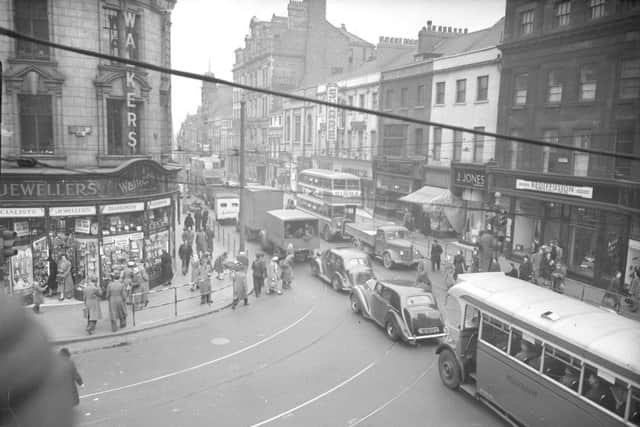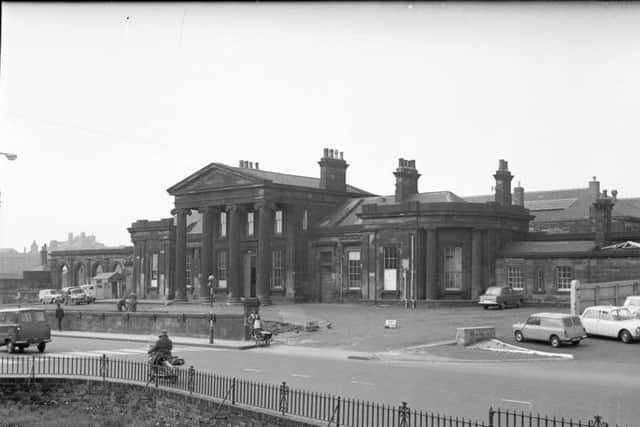Sunderland's hidden architectural gems revealed


Dr Michael Johnson will delve into the history of churches, mansions and public buildings during the event at Hetton and Eppleton Community Hall on Monday.
“Modern Sunderland is largely a product of the 18th and 19th centuries, when mining and shipbuilding fuelled rapid expansion,” said the architectural historian.


Advertisement
Hide AdAdvertisement
Hide Ad“Elegant Georgian buildings were vital to the town’s developing infrastructure, while the Victorians provided churches, public and commercial buildings.
“Finally, the exuberant buildings of the Edwardian period represent the pinnacle of Sunderland’s architectural achievement.”
Among the buildings to be highlighted will be Holy Trinity, Phoenix Lodge, Mackie’s Corner, Monkwearmouth Station and the much-mourned Town Hall.
“The building of Wearmouth Bridge transformed Fawcett Street into a major commercial axis,” said Michael, a design history lecturer at Northumbria University.


Advertisement
Hide AdAdvertisement
Hide Ad“As a result, the street’s architecture became extremely rich and varied. One of the highlights was Mackie’s Corner, named after a popular hat shop on the site.
“But the most important Fawcett Street development was Sunderland Town Hall, with its lavish staircase and council chamber.”
Other styles also developed across the town, from the classical elegance of Monkwearmouth Station to the Gothic design of St John’s Wesleyan Methodist Church.
And, as business boomed, so more homes were needed too , with styles ranging from mansions to the single-storey Sunderland cottages.
“I will be exploring many of our architectural treasures in my talk,” added Michael. The talk starts at 7pm on Monday. Admission £2.